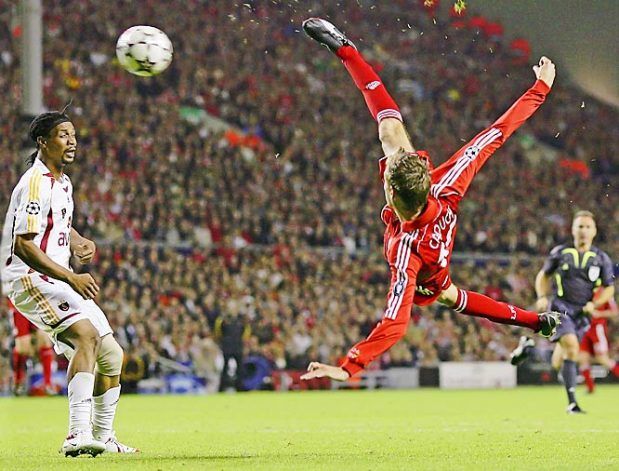There are many indicators of readiness for return to play. Athletes need to have completed rehabilitation, and be completing normal training loads. They should be moving with fluidity and not shielding the injured area. However, the two indicators in HSC PDHPE are: pain free, and degree of mobility.
First indicator of readiness for return to play – pain free
When an athlete is pain free it indicates that they are nearly ready to return to play. Pain free means that the athletes injury is pain free when performing in the sport which, that they compete in. This means that a football player returning from a sprained ankle, should not just be pain free during fitness activities, or pain free doing agility runs. They need to be pain free completing drills, mini games, and during actual competition simulations. This level of pain free indicates readiness for return to play.
An athlete who is not yet pain free has a higher chance of re-injury if they return to play.
Second indicator of readiness for return to play – degree of mobility
The degree of mobility refers to the amount of movement around the injured area. If the athlete has torn a hamstring then they need to have restored their mobility or range of movement at both the hip and knee of the injured hamstring. The movement should be smooth and show confidence in the hamstring through both speed and power. If an athlete has restored their mobility this is an indicator that the athlete can return to play.
Pain free and degree of mobility are the indicators of readiness for return to play. Together they promote athlete wellbeing and help prevent re-injury.

